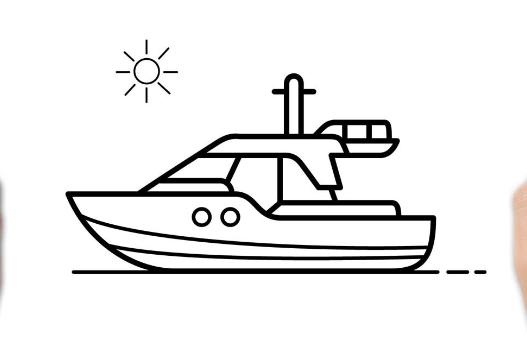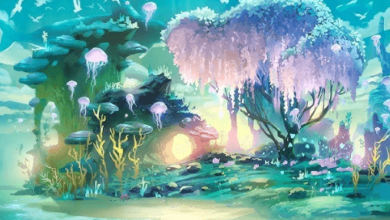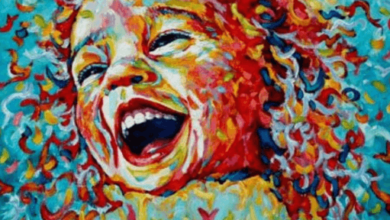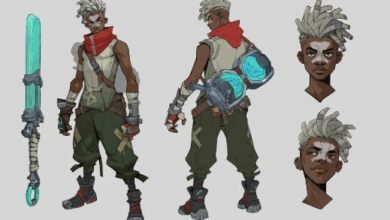Drawing:Ujxkdpzoqlu= Boat

The art of drawing boats requires a nuanced understanding of their complex anatomy, including the hull, deck, and rigging, each of which plays a vital role in their design and functionality. A successful representation not only captures these elements but also conveys the dynamic movement of the vessel as it interacts with water. By exploring techniques for portraying motion and the subtleties of texture and color, artists can achieve a level of realism that transports viewers into the maritime realm. Yet, what specific methods can elevate this artistic practice to new heights?
Understanding Boat Anatomy
To fully appreciate the complexities of marine engineering, one must first delve into the intricate anatomy of a boat, where each component—from the robust hull to the delicate rigging—plays a crucial role in its overall performance and seaworthiness.
Various boat types showcase distinct hull designs, optimizing buoyancy and stability, while enabling sailors to harness the boundless freedom of the open waters with grace and precision.
See also: Drawing:Tj4pulrjsnq= Clown
Techniques for Capturing Movement
Mastering the art of capturing movement on a boat requires an understanding of the vessel’s dynamics in conjunction with the fluidity of water.
The interplay between wind, waves, and the craft’s design creates a mesmerizing ballet of motion that can be immortalized through various artistic techniques.
Gesture drawing, dynamic lines, and perspective shifts enhance the representation of fluid motion, inviting viewers to experience the freedom of the sea.
Tips for Adding Depth and Detail
Incorporating layers of texture and nuanced shading into your boat drawings not only enhances the visual interest but also creates a sense of realism that draws the viewer into the serene yet dynamic world of maritime life.
Employ various shading techniques to craft shadows and highlights, while mastering color blending to evoke the gentle play of sunlight on water, enriching your artistic expression.
Conclusion
In conclusion, the art of drawing boats transcends mere representation, inviting an exploration of their intricate anatomy and dynamic motion.
Mastery of gesture drawing, coupled with techniques for depth and detail, enhances the viewer’s connection to the maritime environment.
While some may perceive boat drawing as overly complex, embracing these foundational principles unlocks a rewarding creative experience.
The interplay of wind, waves, and light becomes an evocative celebration of life at sea, showcasing the beauty and elegance of these vessels.




